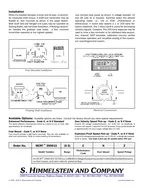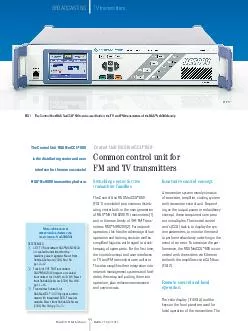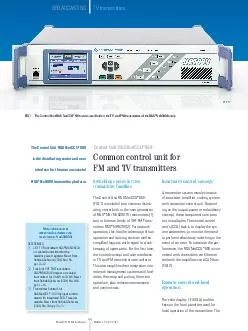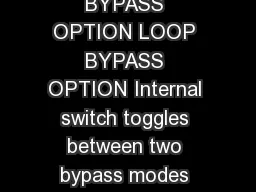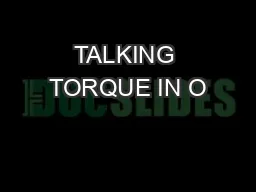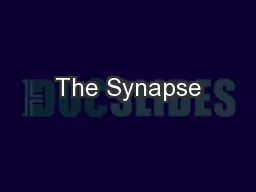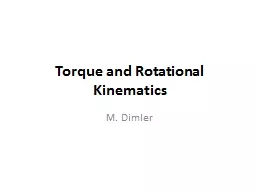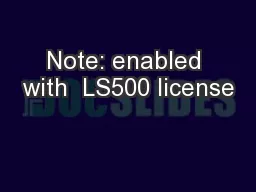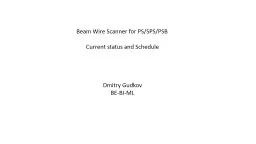PDF-BU LLET IN E MCRT X NonContact Noise Ha rdened Wire mA Loop Powered Torque Transmitters
Author : calandra-battersby | Published Date : 2014-12-22
8 to 22 60 00 Nm High Sa fety Mar gins Hand le 4X Overload Ten Times t he Noise Immunity of Ear lier Models NIST Tr aceab le N VLAP Ac credit ed Dea d Weig ht Calib
Presentation Embed Code
Download Presentation
Download Presentation The PPT/PDF document "BU LLET IN E MCRT X NonContact Noise H..." is the property of its rightful owner. Permission is granted to download and print the materials on this website for personal, non-commercial use only, and to display it on your personal computer provided you do not modify the materials and that you retain all copyright notices contained in the materials. By downloading content from our website, you accept the terms of this agreement.
BU LLET IN E MCRT X NonContact Noise Ha rdened Wire mA Loop Powered Torque Transmitters: Transcript
Download Rules Of Document
"BU LLET IN E MCRT X NonContact Noise Ha rdened Wire mA Loop Powered Torque Transmitters"The content belongs to its owner. You may download and print it for personal use, without modification, and keep all copyright notices. By downloading, you agree to these terms.
Related Documents

